Barbara Mikulski, the Democratic senator for Hubble’s home state of Maryland, was livid. In time, she would become one of the space telescope’s staunchest proponents, but in July 1990 her stinging words spoke instead of a “techno-turkey” and a waste of taxpayers’ money.
Future US vice president Al Gore agreed that Hubble had turned from a scientific marvel into tangible proof of NASA’s quality-control failings.
Late-night television talk-show hosts were even more scathing; David Letterman compiled a list of top 10 Hubble excuses.
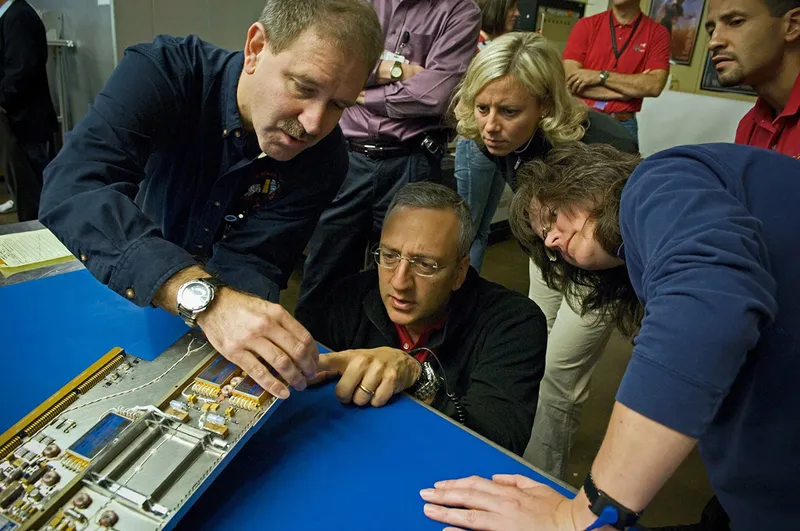
But what happened to twist this white knight of astronomy into a white elephant of ridicule?
All new spacecraft suffer teething troubles and Hubble was no exception, with sporadic communication dropouts, drifting star trackers and snagged coaxial cables.
More serious were extreme temperature variations as the telescope moved from direct sunlight into orbital darkness and materials in its solar array booms began to warp.
Its orientation system worsened the problem, causing the arrays to wobble. And since the booms only stabilised just prior to sunset, Hubble could point itself accurately for barely a fraction of each orbit.
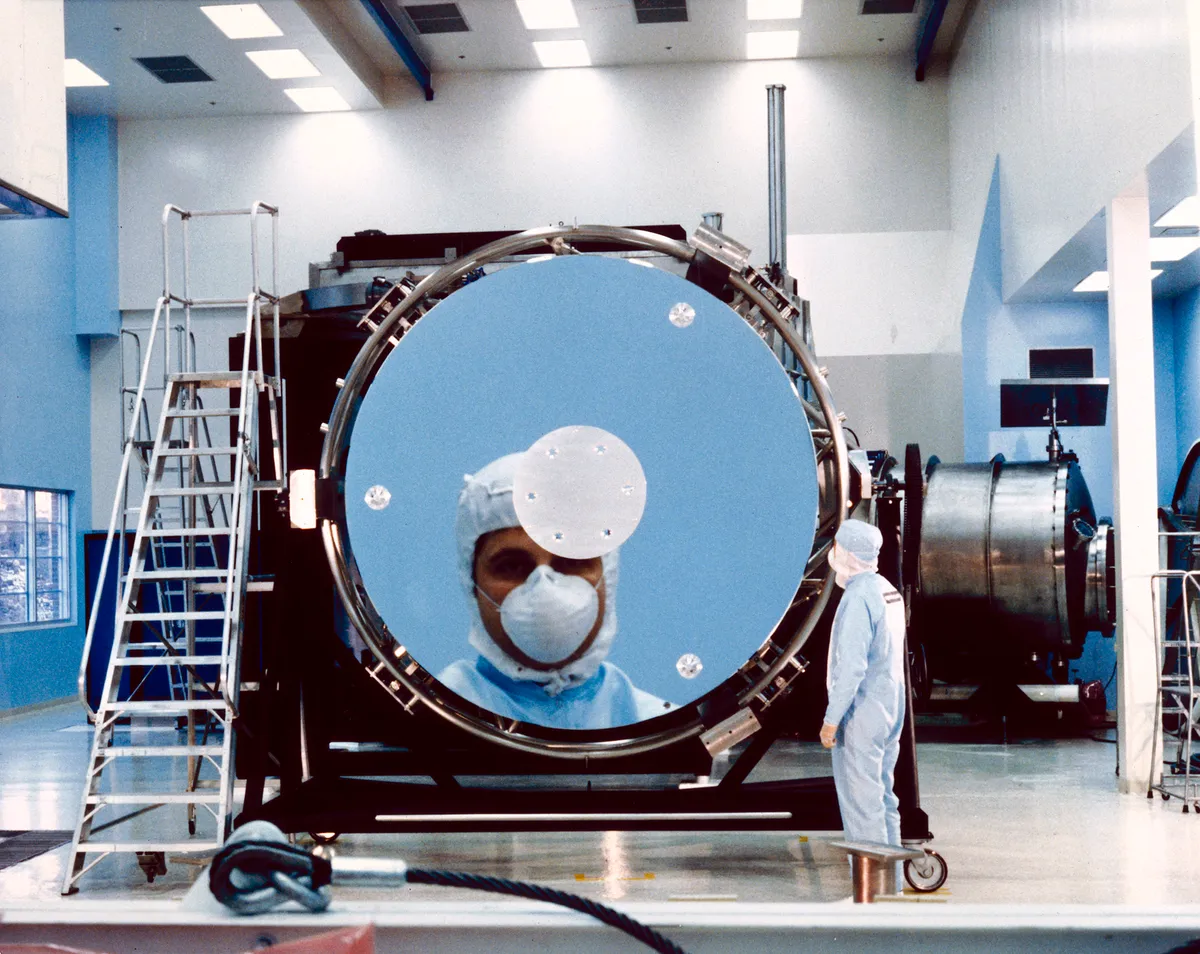
Computer workarounds were devised and in May 1990 it photographed a double star in the Carina constellation. The pictures were praised for their crystalline clarity.
But it proved a false dawn. In late June, Hubble failed a focusing test. Its mirrors had been carefully ground to focus incoming light from celestial objects, but the images were smeared by a halo-like fog.
The cause was spherical aberration in its primary mirror. Perkin-Elmer – the optics contractor about whom NASA harboured such misgivings a decade earlier – had removed too much glass and polished it too flat.
The flaw was tiny, two-fiftieths as broad as a human hair, but that was more than enough to keep Hubble from delivering the razor-sharp imagery that NASA had promised the public and its political masters.
The mood, remembered program scientist Ed Weiler, was like falling from the summit of Mount Everest to the floor of Death Valley.
Even NASA’s newest class of astronauts were not immune to the frenzy of media questions.The agency launched an investigation, headed by Jet Propulsion Laboratory director Lew Allen.
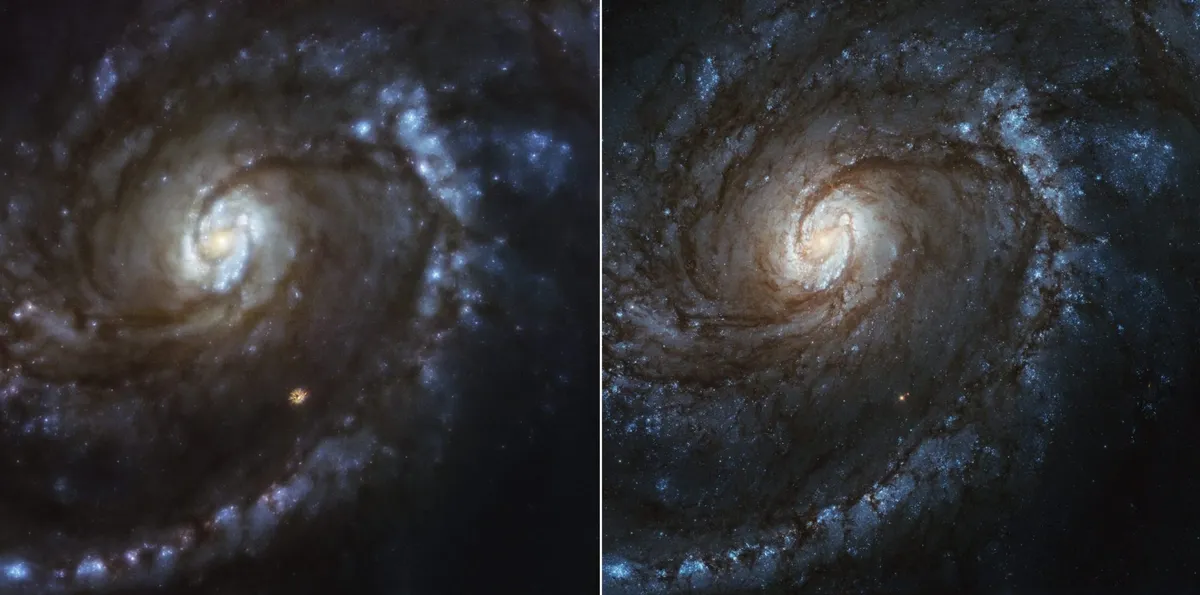
His report, published in November, blamed an optical device called a reflective null corrector, which was supposed to determine the figure of Hubble’s mirror.
But the location of the null corrector’s lens had been incorrectly measured and it guided the polishing machine to shape a perfectly smooth mirror with the wrong curvature.
If further proof was needed, the curvature flaw in the mirror exactly matched the flaw in the null corrector.A second null corrector had identified the mistake but was overruled.
Technicians had simply assumed that both mirror and null corrector were perfect and rejected data from other independent tests which indicated otherwise.
Allen harshly criticised Perkin-Elmer’s quality-control practices and NASA for failing to address them.
Spherical aberration proved very bad news for the WFPC and FOC instruments, which suffered poor spatial resolution and an impaired ability to see distant objects.
Hubble’s spectrographs were less severely affected because they needed less focused light, but the wobbling solar arrays virtually crippled the HSP.
However, there was a silver lining. While the incontrovertible fact remained that the mirror was flawed, it was in fact flawed very precisely.
By knowing its exact shape, appropriate steps could be taken to fix it and, in 1991, Ball Aerospace began building a set of corrective optics.
Still, even this compromised Hubble was far more capable than any ground-based observatory.

Pictures of the Orion Nebula resolved small-scale structures to an unprecedented standard, although the fuzziness of spherical aberration meant that surface features on the dwarf planet Pluto were blurred and the energetic core of the symbiotic star R Aquarii was indistinct.
Computer algorithms and microwave image-processing techniques were put to work to deduct the halo effect and restore the pictures.
By early 1992, thousands of observations of hundreds of celestial objects had been made and a quarter of all papers presented to the American Astronomical Society used Hubble results.
The telescope revealed that the Large Magellanic Cloud – one of our nearest galactic neighbours – resides 169,000 lightyears away.
Data from 27 Cepheid variable stars allowed astronomers to tentatively peg the age of the Universe close to 15 billion years.
Hubble recorded the most distant galaxy ever seen (10 billion lightyears away) and, though hamstrung by spherical aberration, it could still see luminous ‘knots’ of gas and dust at its primordial core with a resolution 10 times finer than ground-based instruments on Earth.
Tightly concentrated stars in active galactic nuclei and enormous plasma ‘jets’ yielded tantalising evidence for black holes, which were suspected but still hypothetical at the time.
Data from 1992 hinted that a black hole 2.6 billion times more massive than the Sun sat at the heart of the elliptical galaxy M87.
And close observations of X-shaped ‘lanes’ of gas and dust in the Whirlpool Galaxy afforded a glimpse around one of these mysterious monsters.
Closer to home, Hubble verified the presence of ozone in Mars’s atmosphere and photographed a hood-like cloud over its north pole.
Observations of Jupiter revealed powerful aurorae in ultraviolet light for the first time and directly measured the atmosphere of its volcanic moon Io, revealing sulphur dioxide ‘frost’ on its surface.
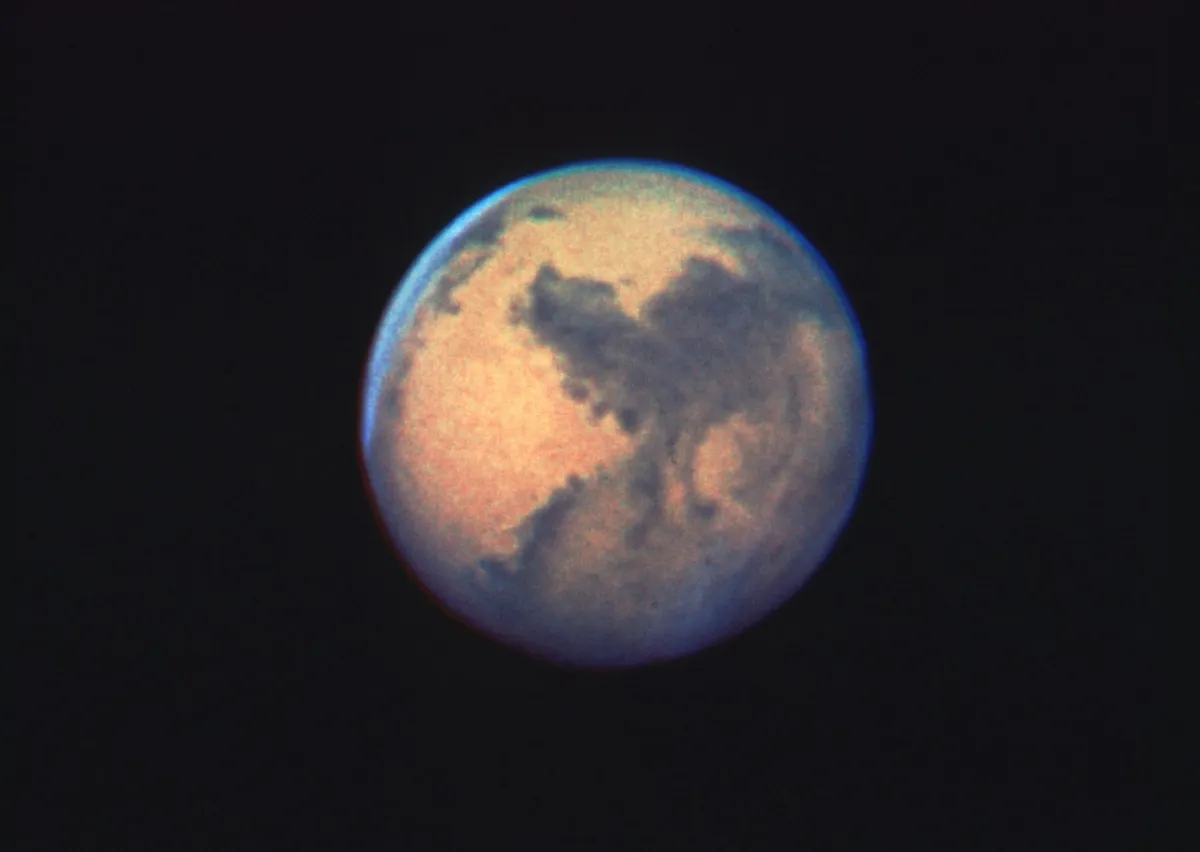
The telescope tracked an equatorial white spot on Saturn and analysed albedo variations on the surfaces of Pluto and its large companion, Charon.
Hubble studied star-forming regions in the Tarantula Nebula and found one of the central stars in the galaxy NGC 2440 was the hottest ever recorded – over 200,000ºC.
Shell-like rings of gas encircled the famous Supernova 1987A and the telescope watched the process of ‘starbirth’ in numerous globular clusters.
It acquired spectroscopic data for the young supergiant star Melnick 42 and observed the rare element boron in HD 140283 – the aptly-named ‘Methuselah Star’ – which is thought to have formed not long after the Big Bang, right at the dawn of time.
So, after a rocky start, Hubble came out victorious in the end.
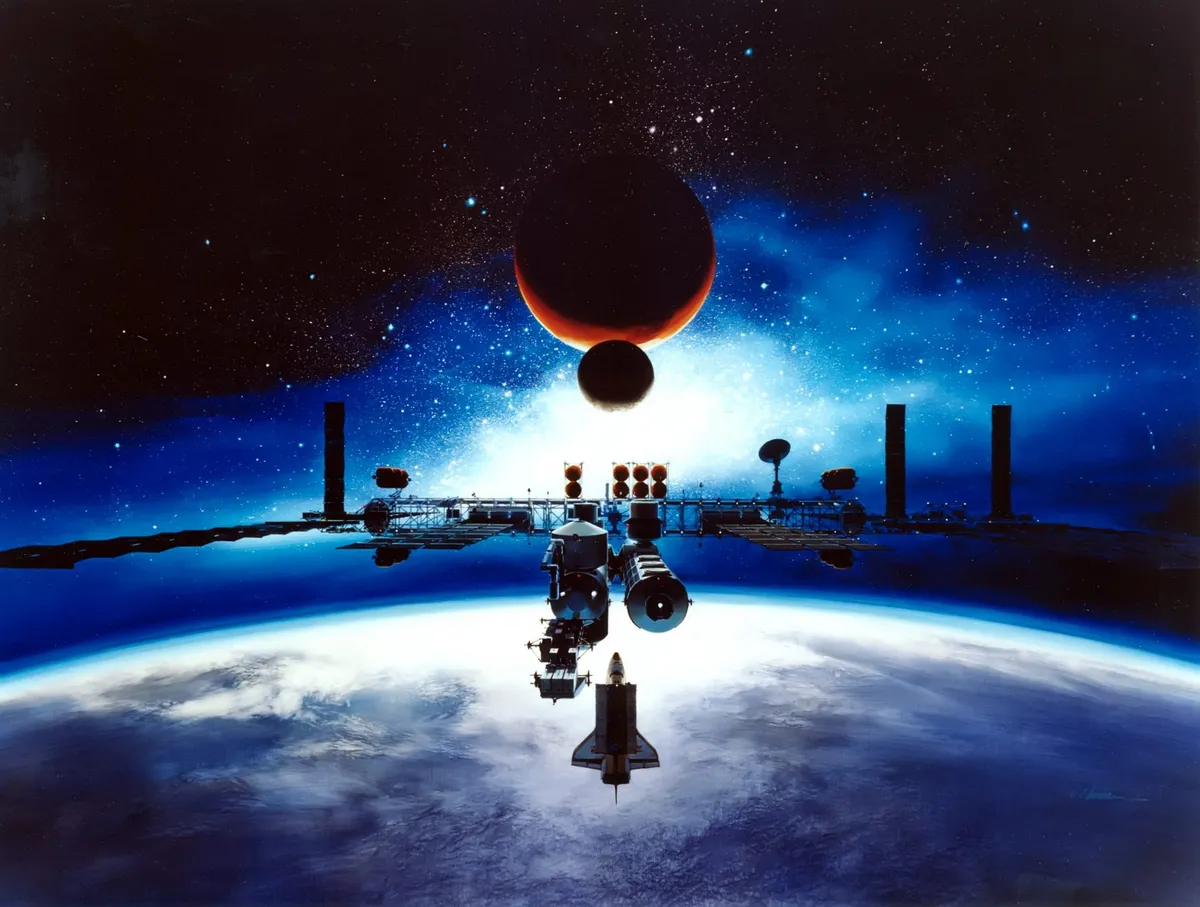
The fallout from Hubble
For NASA, the discovery of Hubble’s flawed optics was a bitter blow after the Challenger disaster and another knock to its operational reputation.
NASA’s Marshall Space Flight Center had a bad press in 1990. Just 4 years after Challenger – the failure of whose solid rocket boosters also came under Marshall’s remit – it now endured the wrath of the public and politicians alike over Hubble.
In July, The New York Times wrote that if Kodak-Itek’s pricier bid for the mirror had been picked, its two independent checks of polishing quality would have caught the spherical aberration.
It was another unwanted problem facing a beleaguered NASA.
For much of 1990, the Shuttle fleet was grounded by fuel leaks. Plans to build Space Station Freedom were over budget, behind schedule and forever sitting on a knife-edge of cancellation.
And the Space Exploration Initiative to return humans to the Moon and onward to Mars looked set to die with a whimper.
By 1991, Freedom came within one congressional vote of cancellation. A year later, the Moon-Mars plan breathed its last.
And the astronauts charged with fixing Hubble were told by NASA Administrator Dan Goldin that their flight was critical; if they failed, so too would the political will for the station.
In 1993, NASA’s Mars Observer failed as it neared the Red Planet and rumour abounded that Hubble’s new WFPC-2 instrument might be faulty.
President Bill Clinton informed Goldin that if the repair failed, NASA would be restructured.
Some engineers hoped to celebrate New Year 1994 in Acapulco, but if things went badly with Hubble they joked darkly that it might turn out to be their place of permanent exile.

Hubble's repair mission
Hubble was always intended to be maintained. Keeping it functional and up to date with technological change enabled NASA to sell it to Congress.
Servicing it required the Shuttle’s flexibility, its robot arm, its astronauts and ingenious teams on Earth to work with the synergy of a ballet and fix anything that needed fixing.
The Shuttle had proved its mettle as a highly capable spacecraft, but correcting the space telescope’s flawed optics would stretch that capability to its limits.
Kathy Sullivan and Bruce McCandless knew the telescope was a priceless national asset and helped to build the tools to service it.
Even the tiniest potential problem had to be addressed: from the correct size of wrenches, bolts and fasteners to knowing exactly how a space-suited astronaut wearing gloves with the dexterity of a welder’s mittens could reach an intricate electrical system or hard-to-access equipment bay.
McCandless, Sullivan and the engineers who they worked with were determined that the words “Hey, guys, this tool doesn’t fit” would never be spoken on a Hubble servicing mission.
Since the flaw in the telescope’s primary mirror was well understood, it was recognised that a set of carefully designed corrective optics – Hubble’s $50 million ‘spectacles’, the media jokingly named them – should be enough to rejuvenate its vision.
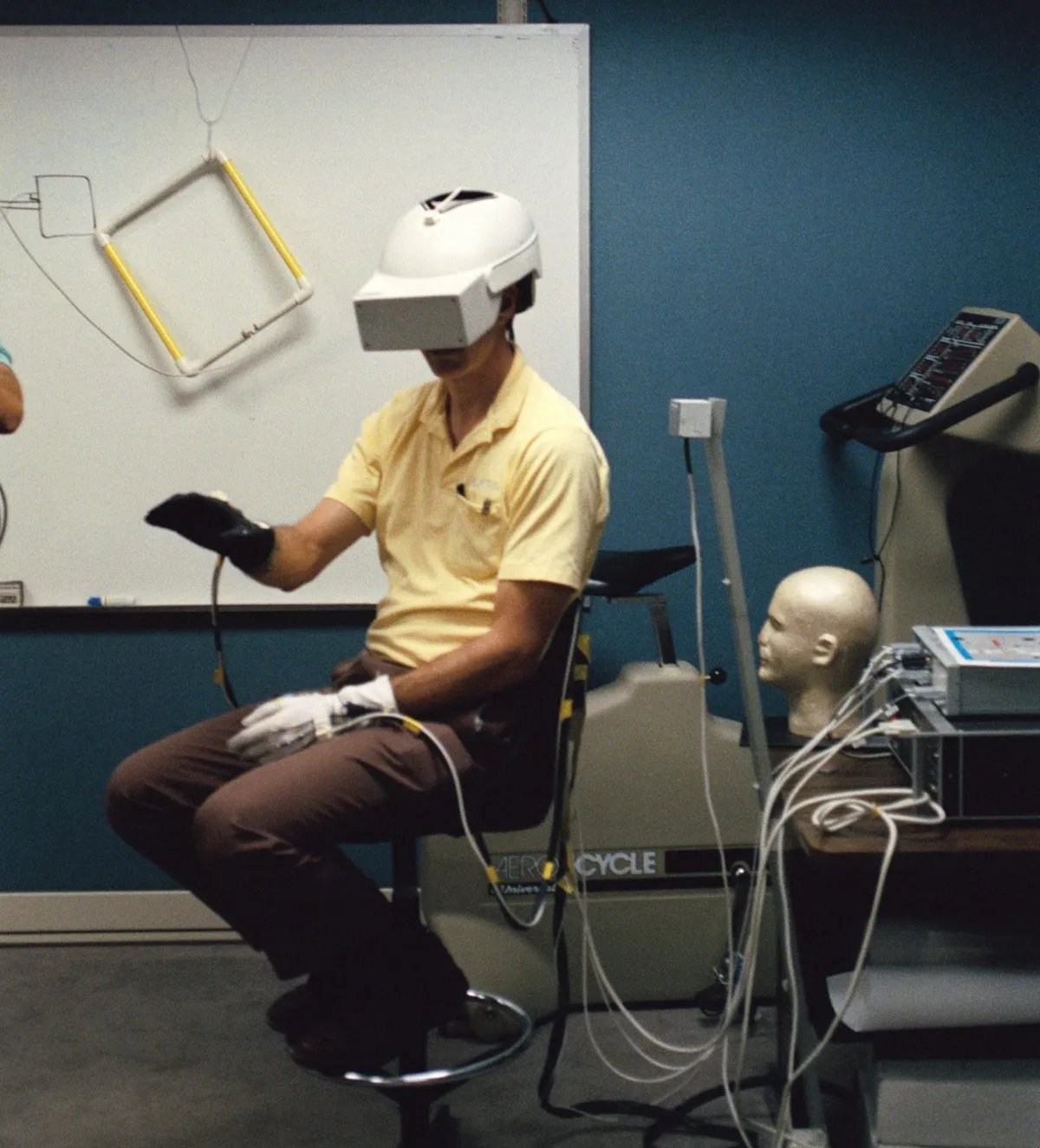
Ball Aerospace built the Corrective Optics Space Telescope Axial Replacement (COSTAR), whose mechanical arms would deploy 10 coin-sized mirrors into Hubble’s focal plane to refocus light from the primary mirror before it reached the instruments.
Hubble servicing flights would demand at least 4 spacewalks, twice as many as had ever been done by the Shuttle.
At 6 hours apiece, each spacewalk would put astronauts in a hostile environment of near-total vacuum, huge temperature extremes and lethal radiation.
And astronauts inside the Shuttle would face long hours of intense concentration to orchestrate the repairs, prepare spacesuits and control the robot arm.
In 1991, NASA decided to forgo an early servicing flight and stick with original plans for an all-out repair to fix the optics on Shuttle mission STS-61 in 1993.
Former chief astronaut John Young recommended ‘end-to-end’ training for the crew at various NASA establishments, including the Shuttle simulator at the Johnson Space Center in Texas and integrated spacewalking/robotics practice in the neutral buoyancy simulator at the Marshall Space Flight Center in Alabama.
This training would be far-reaching in scope, laying the groundwork not just to fix Hubble but also prepare astronauts to build a space station.
The crew would use replica robot arms, clamber over a full-sized, high-fidelity mockup of the telescope, submerge themselves underwater in spacesuits and test-drive the evolving technology of virtual reality.
In 1992, astronaut Story Musgrave was assigned to STS-61. With four spaceflights under his belt, a long-time association with Hubble and a veteran of the first Shuttle spacewalk, he was an obvious pick.
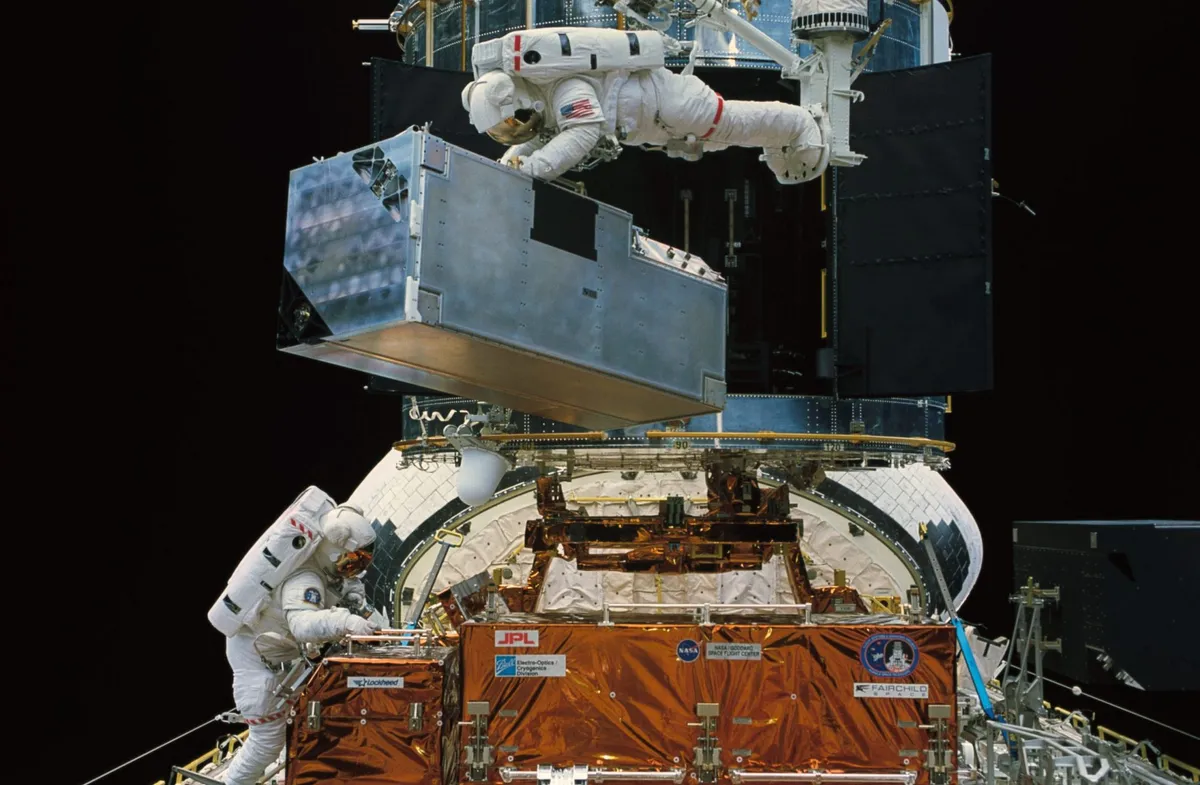
Years later, he quipped that training for this mission was so intense that his only moments of peace came while sitting in the dentist’s chair.
For the highly competitive astronaut corps, a seat on STS-61 was a plum assignment, coveted by all. One day in mid-1992, NASA’s director of flight crew operations Don Puddy was chatting to astronaut Jeff Hoffman.
“Well,” said Hoffman, “I’d sure like to fly this Hubble mission.”Puddy smiled. “Yeah, you and the rest of the office!”
But Hoffman had a trump card up his sleeve. NASA wanted the crew – 4 spacewalkers, robot arm operator, commander and pilot – to be experienced astronauts.
At the time, there were very few seasoned spacewalkers in the office. Hoffman was one of them – and an astronomer to boot.
That summer, he and spacewalk veterans Kathy Thornton and Tom Akers got the nod. By December, commander Dick Covey, pilot Ken Bowersox and European Space Agency robot arm expert Claude Nicollier joined them.
With 16 previous Shuttle flights between them, they were the most experienced crew yet assembled.
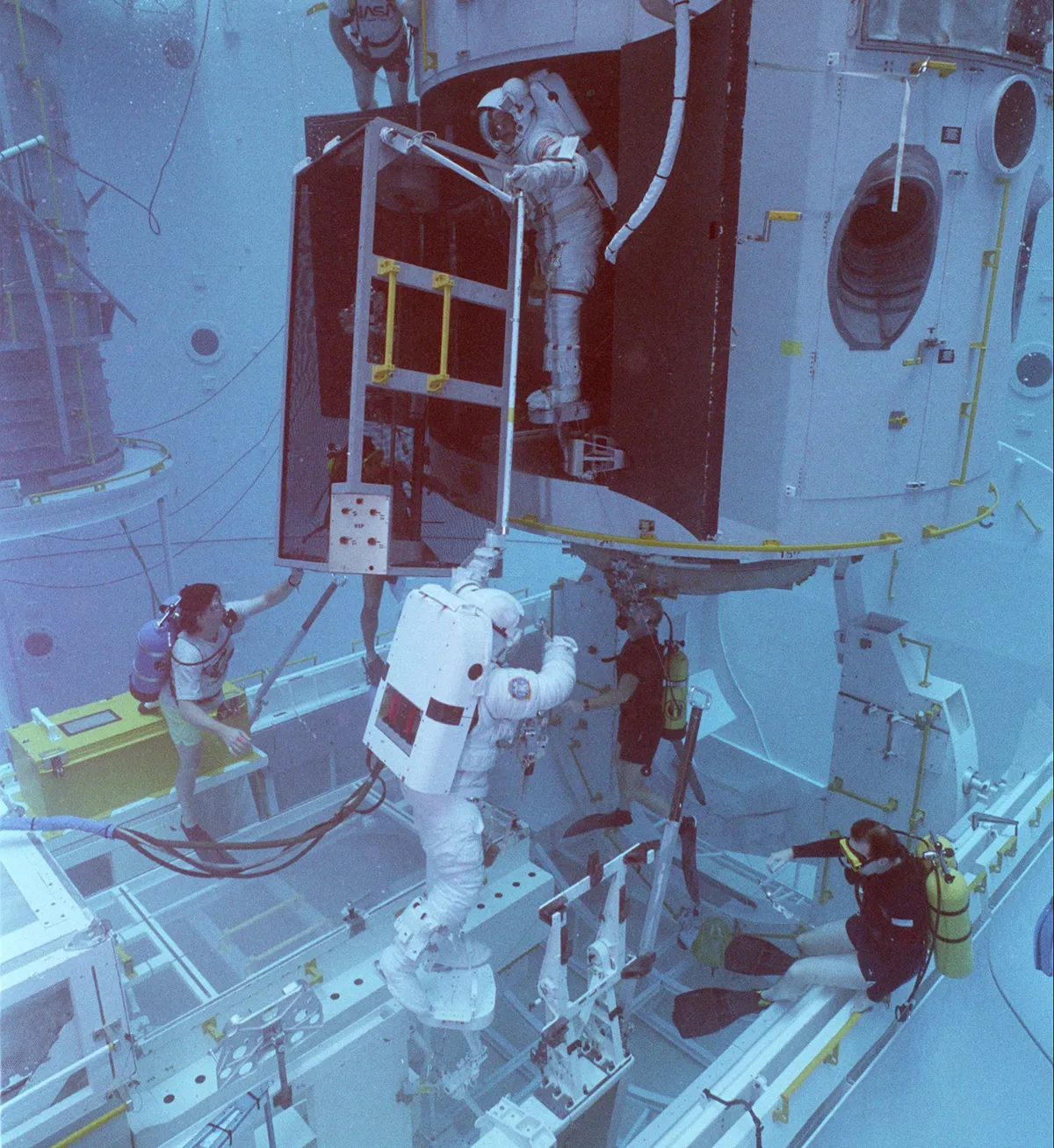
STS-61 would last 11 days with a record-setting five spacewalks. Backup spacewalker Greg Harbaugh trained with them, in case one of the crew became incapacitated, as almost happened when Musgrave suffered frostbitten fingers during an altitude chamber test.
And although NASA concluded the mission was achievable, all fingers remained crossed on 2 December 1993 when Shuttle Endeavour roared into the night in hot pursuit of Hubble.
2 days later, they reached the telescope and Nicollier grabbed it with the robot arm and anchored it in the payload bay.
Working in two alternating teams, Hoffman and Musgrave, and Thornton and Akers spacewalked for five consecutive days, spending 35 hours outside the Shuttle and using 200 tools, from ratchets and sockets to portable work-lamps and articulating foot restraints.
Fixing Hubble did not demand immense physical strength, but did need finesse and technical coordination. Years later, Covey recalled those adrenaline-charged days with justifiable pride.
“There wasn’t anybody that was chilling down on the middeck,” he told an interviewer. “Everybody was up top, working.”

On the first spacewalk, Hoffman and Musgrave replaced two rate sensing units, whose gyroscopes – half of which had failed – helped Hubble track astronomical targets.
Next day, Thornton and Akers replaced the twin solar arrays. The first rolled smoothly into its storage canister, but a bent strut on the other prevented it from doing likewise and the spacewalkers had little option but to cast it overboard.
Hoffman and Musgrave, on the third spacewalk, exchanged the WFPC instrument for the new WFPC 2, originally a ground-based spare but later upgraded with an optical corrector. They also installed two magnetometers.
Thornton and Akers plucked out the HSP instrument and slotted COSTAR into its place. And on the fifth day, Hoffman and Musgrave replaced overheating solar array drive electronics.
It took several more weeks before WFPC 2 was optically aligned, COSTAR fully deployed and the first images beamed back to Earth. On New Year’s Day 1994, Hoffman was at home when the telephone rang.
“Jeff, hi,” came the greeting. “Do you have any champagne left?”
“Yeah, I have a half-bottle in the refrigerator.”
“Well, crack it open. We’ve just had the first pictures back from Hubble. It works!”
Never a straightforward mission

Upgrading Hubble called for some of the most complex spacewalks ever planned. Inevitably, these missions rarely went according to schedule
All five servicing missions between 1993 and 2009 endured their fair share of difficulty. On STS-61, astronauts struggled to close Hubble’s equipment bay doors, their latches having become warped by uneven solar heating.
And on the second servicing flight, STS-82 in February 1997, the telescope’s solar arrays unexpectedly ‘windmilled’ a quarter turn.
Although this carried safety implications for the crew, it was triggered by air venting from the Shuttle’s airlock and the spacewalks proceeded without incident.
A third servicing mission was brought forward to December 1999, following a spate of hardware failures, which crippled two-thirds of Hubble’s gyroscopes.
Flight controllers shut the telescope down for its own protection and NASA launched a ‘call-up’ Shuttle, STS-103, which replaced the gyroscopes but encountered its own problems, from stubborn valve covers to visibility issues while fitting Hubble’s new computer.
The fourth mission, STS-109 in March 2002, was delayed when further Hubble failures added more work to an overflowing jobs list.
Tasked with replacing the telescope’s electronic heart, the crew battled stiff connectors and bolts, as well as spacesuit troubles in the form of water leaks and a failed telemetry sensor. It was not the first time the suits had caused trouble.
On STS-61, the communications link from Thornton’s suit briefly hiccuped and Akers had to serve as her relay.
And on the final Hubble visit, STS-125 in May 2009, a stubborn-to-remove handrail, stripped screws and troublesome power tools provided a stark reminder – if one was ever needed – that spaceflight is never routine.
Ben Evans is a science and space writer. This article originally appeared in Hubble: 30 Years of Discovery, a new special edition magazine available now.